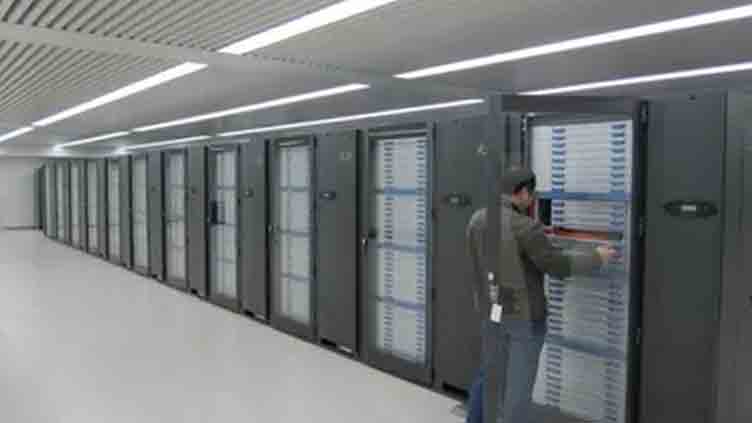China launches new homegrown supercomputer

Technology
'Tianhe Xingyi' was unveiled by National Supercomputing Center in Guangzhou
BEIJING (Reuters) - China unveiled a new domestically developed supercomputing system on Wednesday that state news agency Xinhua said was many times more powerful than a previous version.
The supercomputing system called "Tianhe Xingyi", was unveiled by the National Supercomputing Center in Guangzhou, at an industry event in the capital of southern China's Guangdong Province, Xinhua said.
Xinhua did not give more details on the new system's computing power.But the report cited Lu Yutong, director of the center, as saying that the new computer used domestically designed architecture and has outperformed Tianhe-2, one of China's fastest supercomputers, in capacities such as CPU computing power, networking, storage, and applications.
Tianhe-2 is being developed by the National University of Defense Technology (NUDT) and is hosted at the National Supercomputing Center in Guangzhou.
Tianhe-2 topped a list of the world's 500 fastest systems for three consecutive years from 2013 but dropped out of the top position in 2016, the year after the U.S. government placed the NUDT on a blacklist that eliminated the university's access to the Intel (INTC.O) processors it uses in its supercomputers.
Other prominent Chinese supercomputing systems include Sunway TaihuLight, developed by the National Supercomputing Center in Wuxi, which ranked seventh on the June 2023 list while Tianhe-2 placed tenth.



